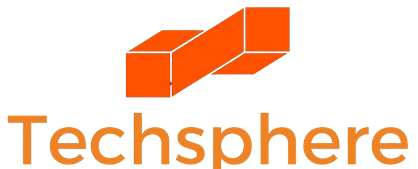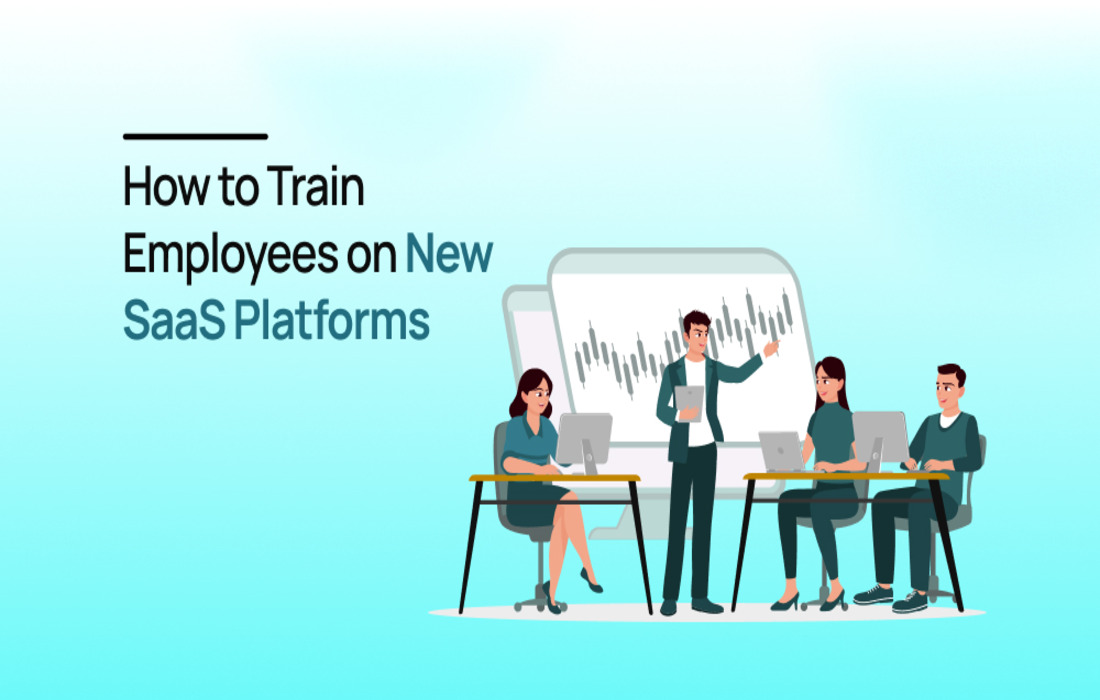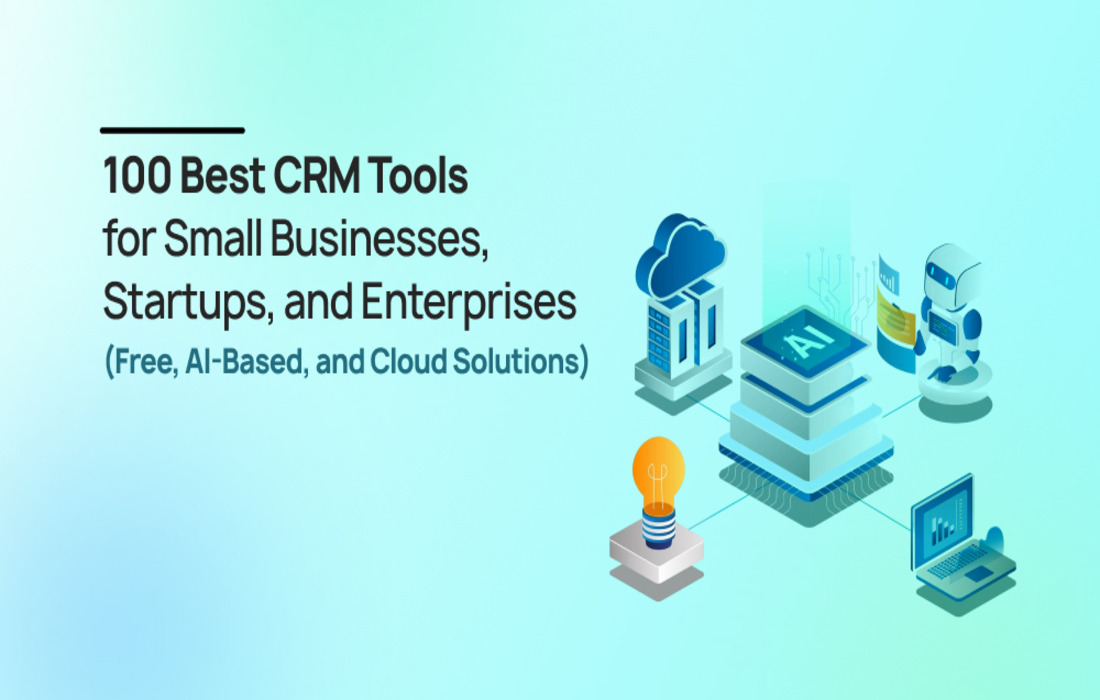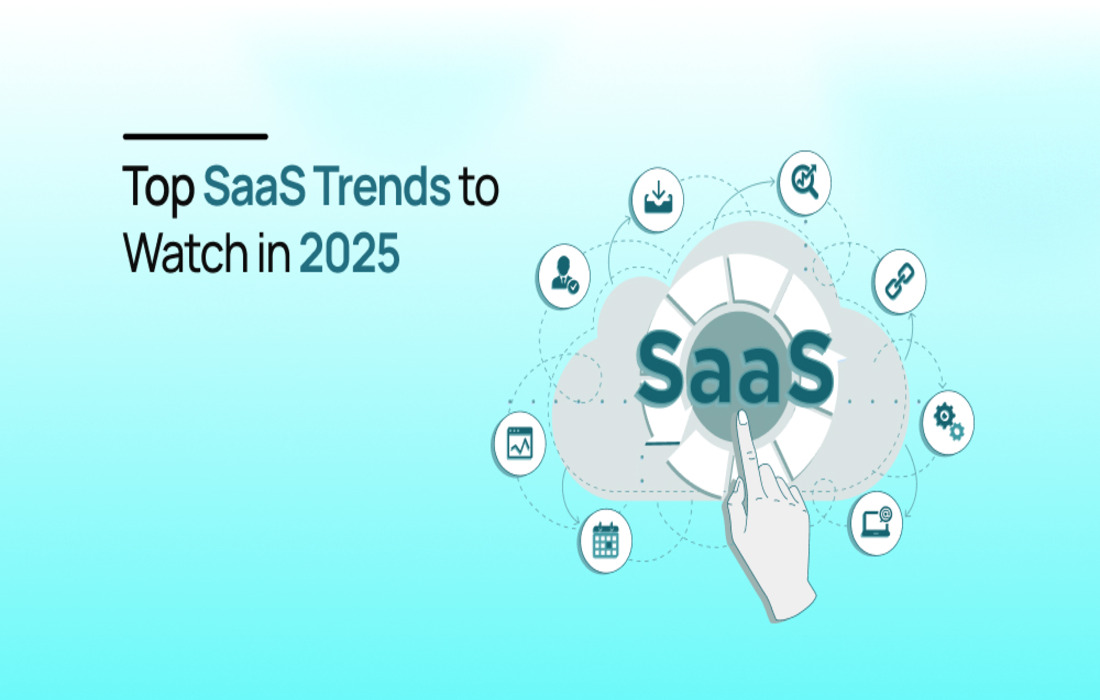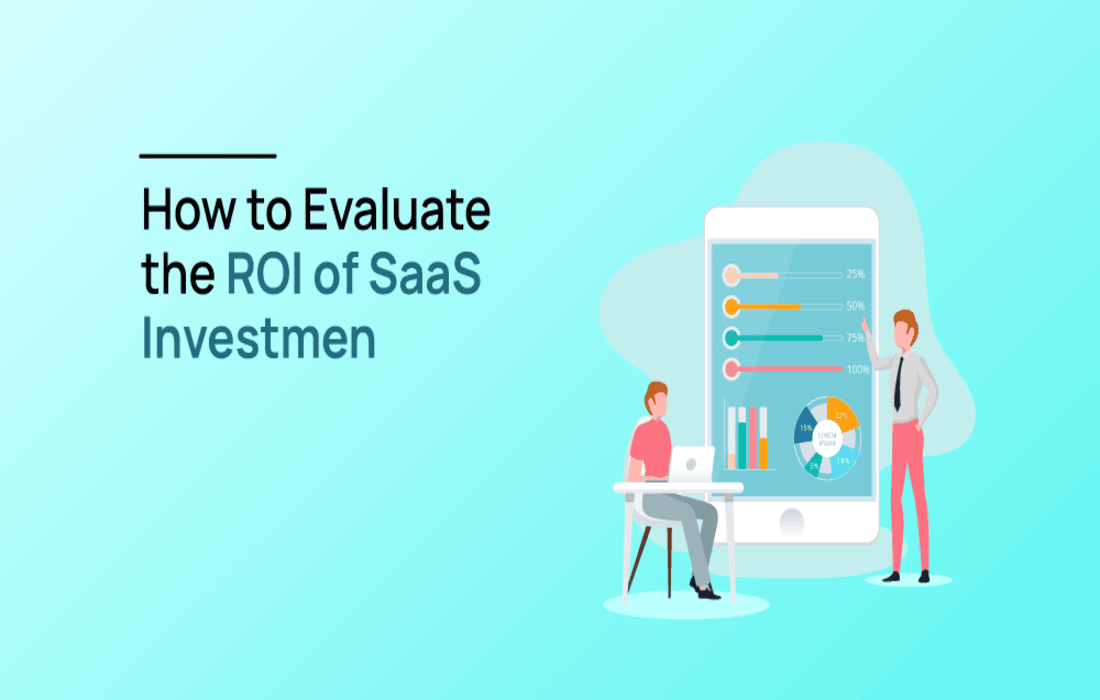Training employees on new SaaS (Software-as-a-Service) platforms is one of the most critical steps in successful digital adoption. Even the most powerful SaaS tools will underperform if your team doesn’t know how to use them effectively. In 2025, companies are expected to invest more in training and change management than ever before, as digital transformation accelerates across every industry.
This guide walks you through how to train your employees on new SaaS platforms in a way that drives productivity, boosts adoption, and maximizes ROI.
Why SaaS Training Matters
- Accelerates adoption: Reduces time to productivity
- Improves employee confidence: Minimizes resistance to change
- Ensures consistency: Standardizes processes across departments
- Reduces errors: Lowers support tickets and mistakes
According to a 2024 PwC report, 67% of SaaS implementation failures are linked to poor training and change management.
Common Challenges in SaaS Training
| Challenge | Solution |
| Employees resist change | Communicate benefits clearly and early |
| Poor retention of training | Use interactive, bite-sized content |
| One-size-fits-all approach | Tailor training by role and department |
| Lack of continuous learning | Offer ongoing resources and refresher courses |
Step-by-Step SaaS Training Framework
Step 1: Pre-Training Communication
- Announce new software rollout early
- Share “why we’re switching” with a focus on benefits
- Identify internal champions from each department
Step 2: Define Learning Objectives
- What should users be able to do post-training?
- Align goals with roles (e.g., marketing team should know how to automate campaigns, finance team should know how to generate reports)
Step 3: Develop a Blended Learning Program
Types of Learning:
- Live Training Sessions: Hands-on workshops or webinars
- Self-Paced Learning: Video modules, PDFs, LMS access
- Interactive Onboarding: Walkthroughs, tooltips, checklists
Tip: Use tools like WalkMe or Userpilot to build guided in-app onboarding.
Step 4: Segment by Role or Department
Tailor training content to:
- Use cases (e.g., sales vs. HR vs. IT)
- Feature relevance (only train on what’s needed)
- Workflow context (how does the tool fit into their job?)
Step 5: Reinforce with Resources
- Internal knowledge base with how-to articles
- Video walkthroughs with screen recordings
- Access to vendor documentation and communities
Step 6: Track Progress and Measure Outcomes
- Track completion rates (LMS or quizzes)
- Survey users on satisfaction and confidence
- Measure productivity before and after implementation
Step 7: Provide Ongoing Support
- Create a dedicated Slack or Teams support channel
- Encourage peer mentoring (power users help others)
- Schedule monthly check-ins for feedback and refresher tips
Tools for Effective SaaS Training
| Tool | Purpose | Notes |
| Loom | Screen recording tutorials | Great for asynchronous demos |
| Trainual | SOP training and onboarding workflows | Organizes team documentation |
| Userpilot | In-app onboarding and feature guidance | No-code integration |
| WalkMe | Interactive digital adoption platform | Enterprise-level onboarding |
| Lessonly | Role-based training modules | LMS with quizzes and tracking |
Real-World Example: SaaS Training in a Remote Startup
A distributed startup rolled out Notion across marketing, sales, and operations. Here’s how they trained their team:
- Built role-specific Notion pages with video guides
- Hosted 3 short live training sessions per team
- Created a “Notion Help Desk” Slack channel
- Rewarded fast learners with shoutouts and gift cards
Results:
- 90% adoption rate in 2 weeks
- 30% fewer support questions
- 50% faster team onboarding for new hires
Best Practices
- Don’t overload with information—focus on what’s essential
- Mix formats to accommodate different learning styles
- Test learning with quizzes or real tasks
- Keep content updated as tools evolve
- Document FAQs and feedback to improve future rollouts
Post-Training Evaluation Checklist
✅ Did employees meet the defined learning objectives?
✅ Are users confident navigating the software independently?
✅ Has tool usage increased across the team?
✅ Are workflows more efficient or consistent?
✅ Has support ticket volume decreased?
Conclusion: Training is an Ongoing Journey
Training employees on new SaaS platforms is more than a one-time event. It’s a continuous investment in your people and processes. With the right planning, tailored content, and support systems, your team can unlock the full value of your SaaS investments.
